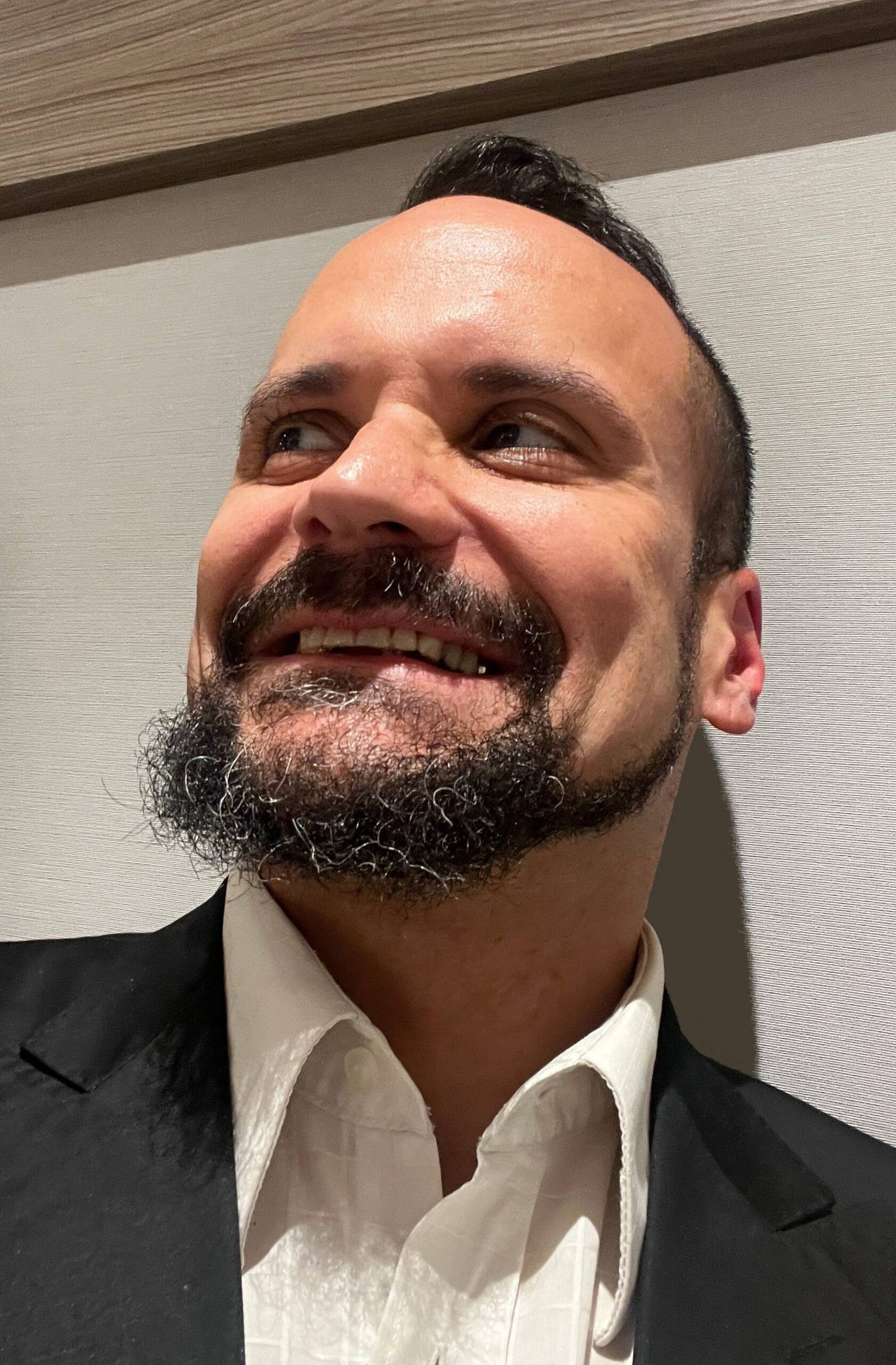




Disney has been flirting with the idea of a lesbian princess for at least two years, and using the debate as a clever marketing ruse. “We have tried to branch out over the years, when it comes to our female characters,” said Disney executive Ellen Etheridge. “We have come a long way from Sleeping Beauty, and have tried to introduce strong female characters that young children can look up to. We introduced an African-American Princess a few years back, and we are looking to break new ground once more”. Yet no same-sex romance has come to fruition yet, neither in royal nor in pleb format.
Disney’s latest CG animation movie Moana, which came out in the UK this weekend, is being marketed as an audacious film “pushing Disney frontiers”, with the two directors being described as “daredevils” who wish to introduce an LGBTQ princess to the big screen at some point in the near future. The film is hailed as revolutionary because Moana is a strong, dark-skinned female from an exotic lineage of Polynesian leaders. She never accepts the limits imposed on her, in stark contrast to passive, vulnerable and more traditional princesses such as Cinderella. She has been called the most progressive heroine in the Studio’s history of almost a century, with a journalist describing her a “marvelous respite” from the white nationalists who found a foothold in the administration of the pussy-grabbing president-elect of the US.
Even more significantly, Moana is an anti-princess role model. In the film, a tattooed demigod named Maui (voiced by Dwayne “The Rock” Johnson), refers to her as a princess. The 16-year old heroine (voiced by newcomer Auli’i Cravalho) immediately rebukes him: “I am not a princess. If you wear a dress and you have an animal sidekick, you’re a princess”. She is challenging firmly-established gender rules that until recently seemed irrevocable – at least in Disney’s conservative world.

The world-famous American philosopher and gender theorist Judith Butler argues that gender is performative. There is no identity beyond the the acts and traits that constitute a stable gender identity. For Butler, gender is not a natural expression, but a fabrication instead. In the case of Disney, princesses assert their identity through a number of “feminine” devices. They wear make-up, jewelry and frilly dresses, plus they are scrawny with the right amount of curves, pompous hair and sparkles. They even have similar gazes and posture: head turned toward the side, pointed down, with eyes looking up discreetly towards the viewer, in a demure and yet vaguely naughty and suggestive pose. Thankfully Moana has now come to our rescue, staring at us directly in the face, with her eyes and neck straight!
Princesshood is a surviving relic of a deeply undemocratic and medieval institution called monarchy. No girl can become a princess except through birth or marriage, and these are not a reflection of their personal achievements. No matter how hard you fight, you will never become a princess, except if your “skills” consist of catching a royal spouse. This is not the role model for equality that our girls need, whether gay or straight.
Moana has taught Disney and the world a lesson by shunning the royal title. Let’s hope that the LGBTQ community has learnt it, too. Disney doesn’t need a lesbian princess. It simply needs a lesbian, a powerful and strong one.
You can watch Moana‘s trailer below. The film is out in cinemas across the US now, and it premieres in the UK on Friday, December 2nd.
The picture at the top of the article in from Disney’s princesses Ariel and Jasmine engaging in a passionate Lesbioan kiss, created by Deviant Arts – click here for more information.






